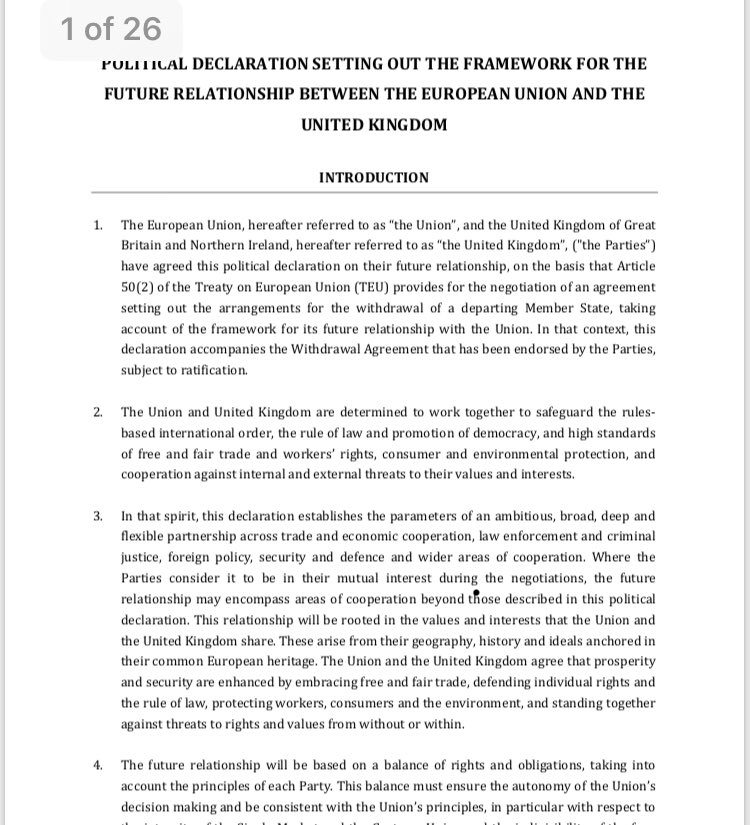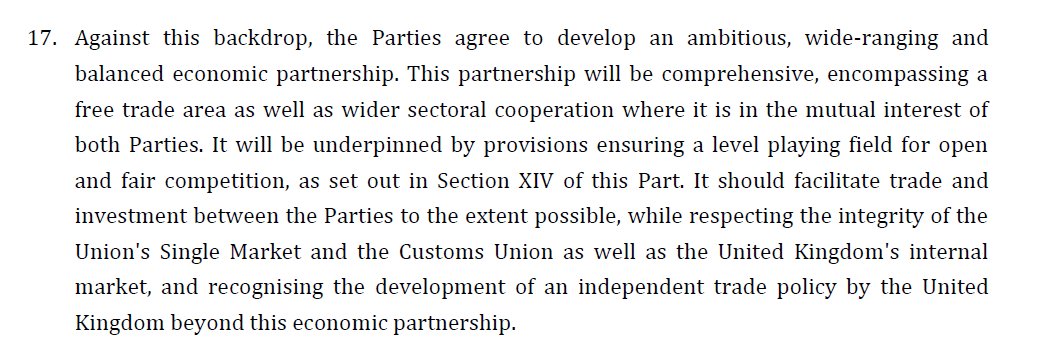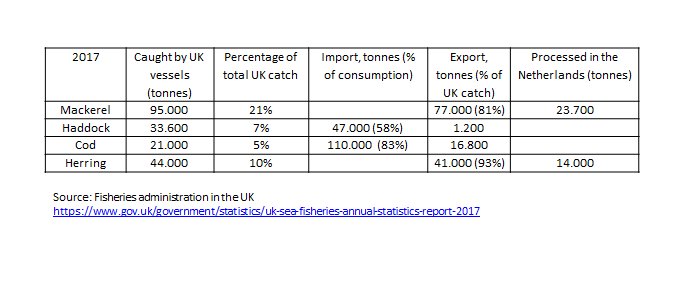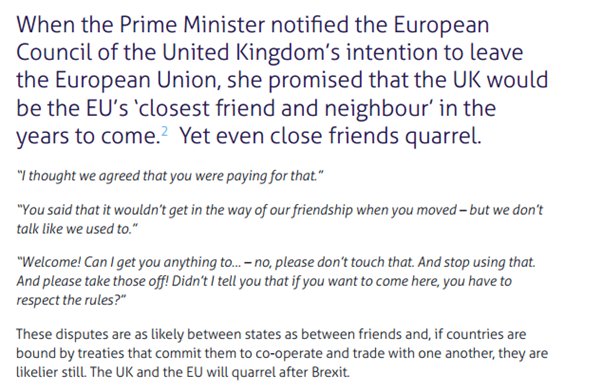With (a little) help from the Brits and some nifty footwork from @piris_jc a creative solution was found.
(@OleRyborg says it was first written on a copy of the FT during a Brazil-Norway flight)
Why so convoluted? It provided a fuss-free way to make a binding promise on how to interpret a treaty, without changing the treaty or EU law.
The Irish used it over the Lisbon treaty, the Dutch over the EU-Ukraine deal and David Cameron in his pre-referendum re-negotiation of UK membership terms.
ft.com/content/6563aa…
But there was a legal hitch in the case of Brexit -- it may require national ratification.
(Warning to Brits: this may not be the last you hear of Wallonia)
ft.com/content/a614ae…
The more significant point: the more legally binding the document is, the more it has to stick to the content of the treaty.
Because ultimately the EU think its interpretation is clear.
If it is meant to modify or revoke parts of the treaty, definitely not.
The full Walloon thing reads like a summary of the Ceta text because in essence it is.
data.consilium.europa.eu/doc/document/S…
ft.com/content/4607b4…




















